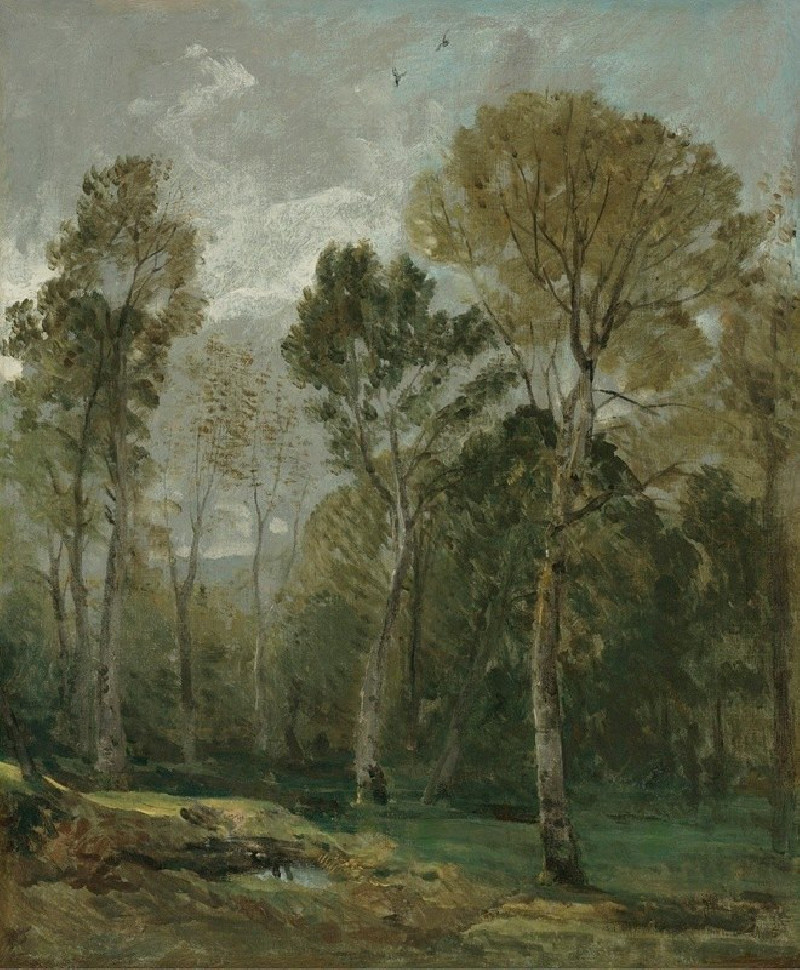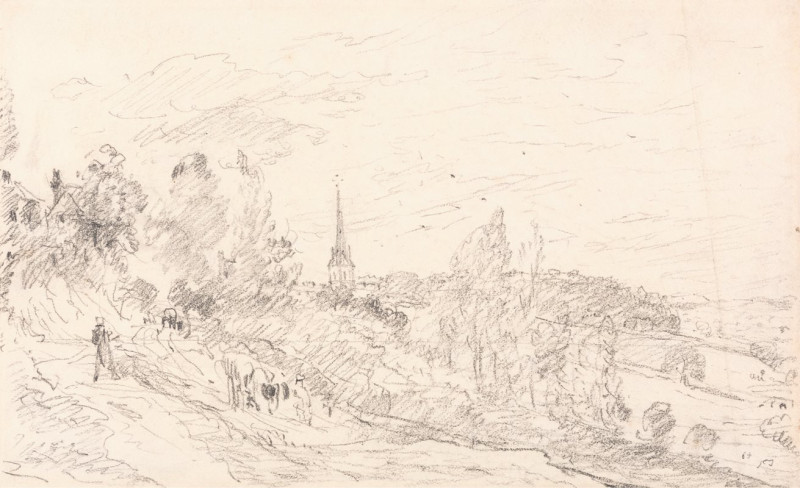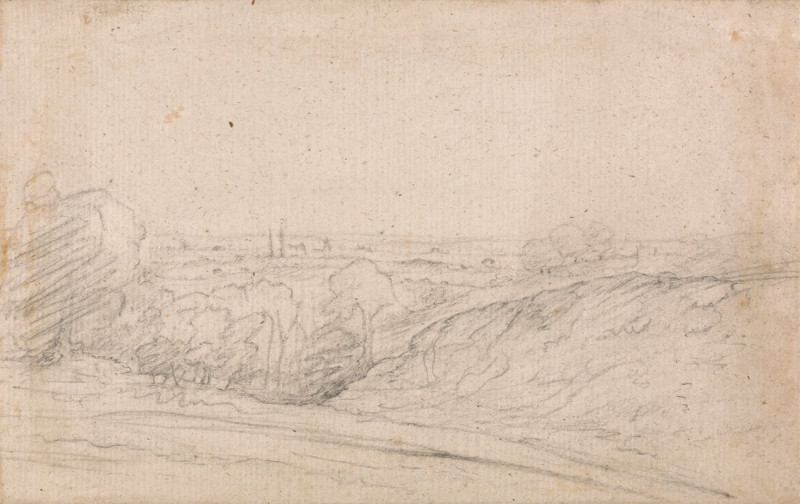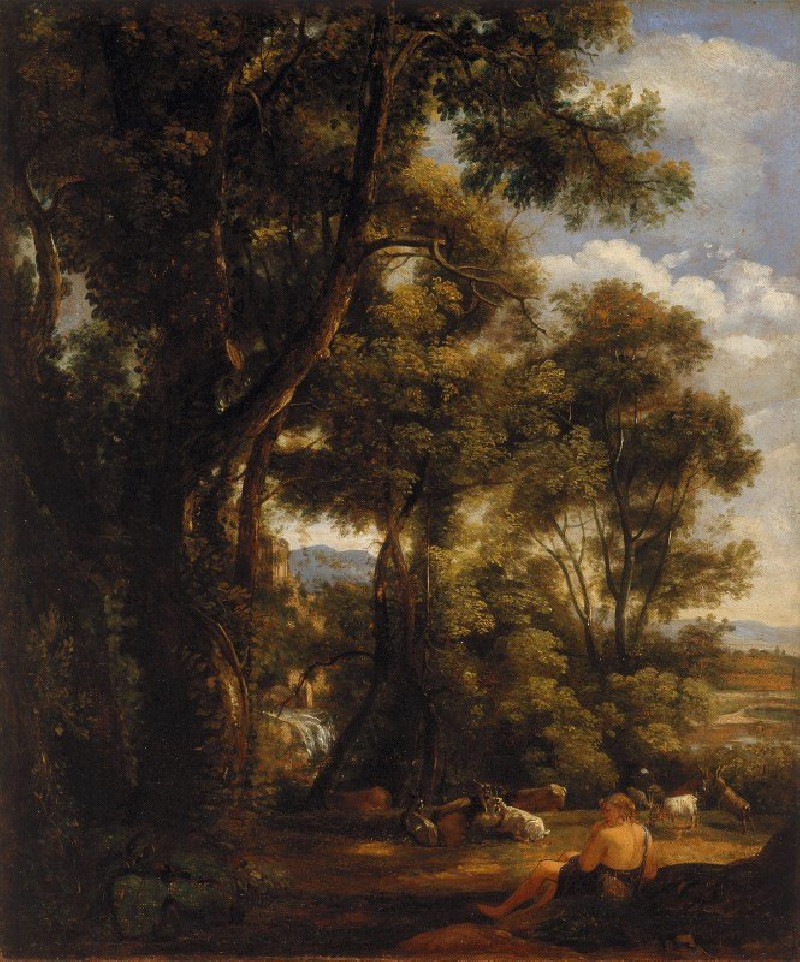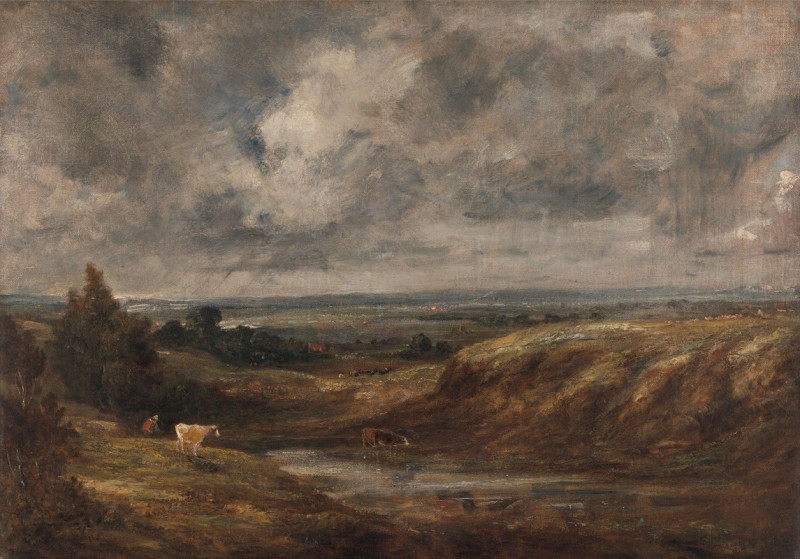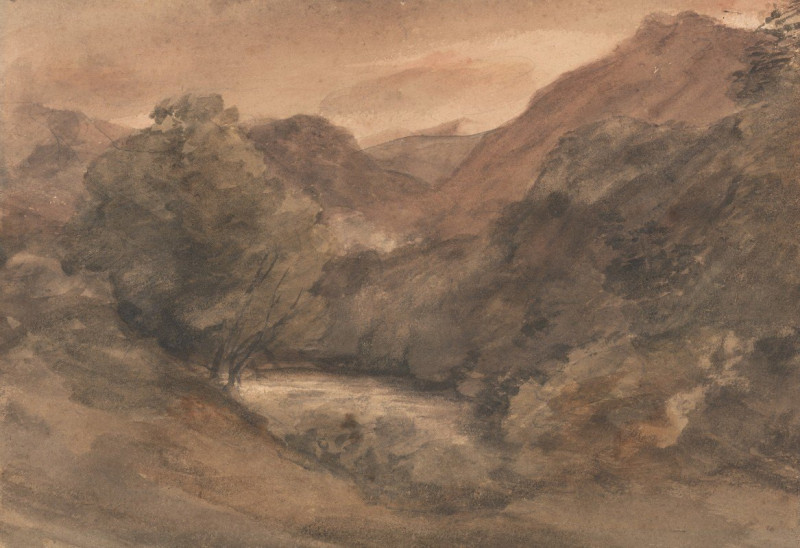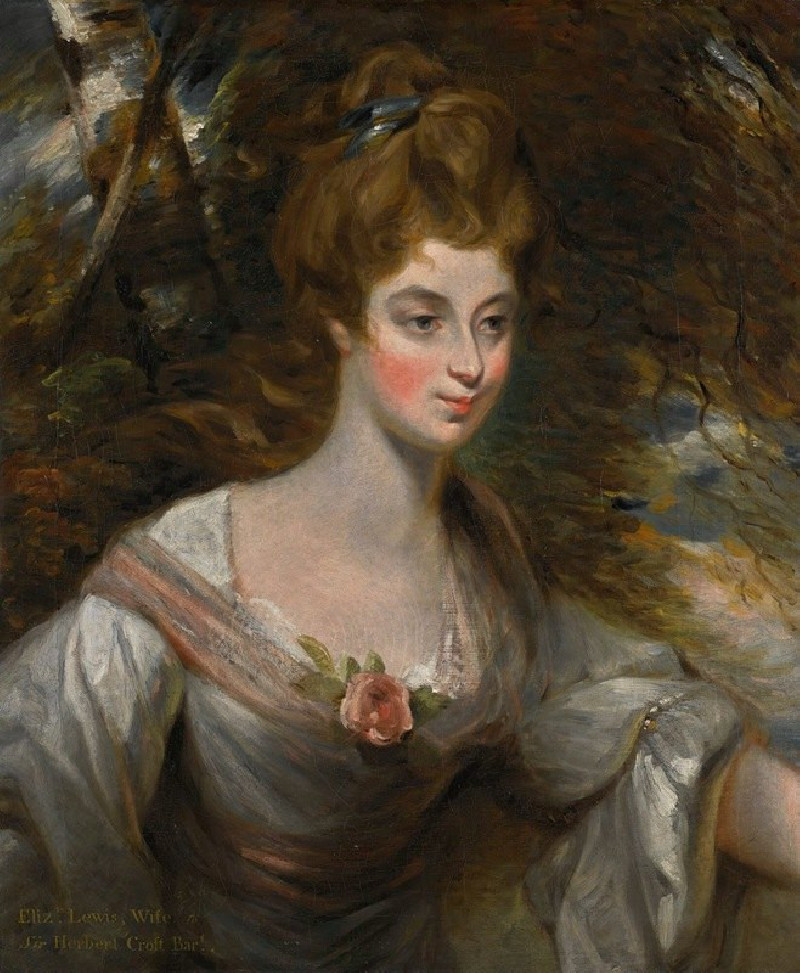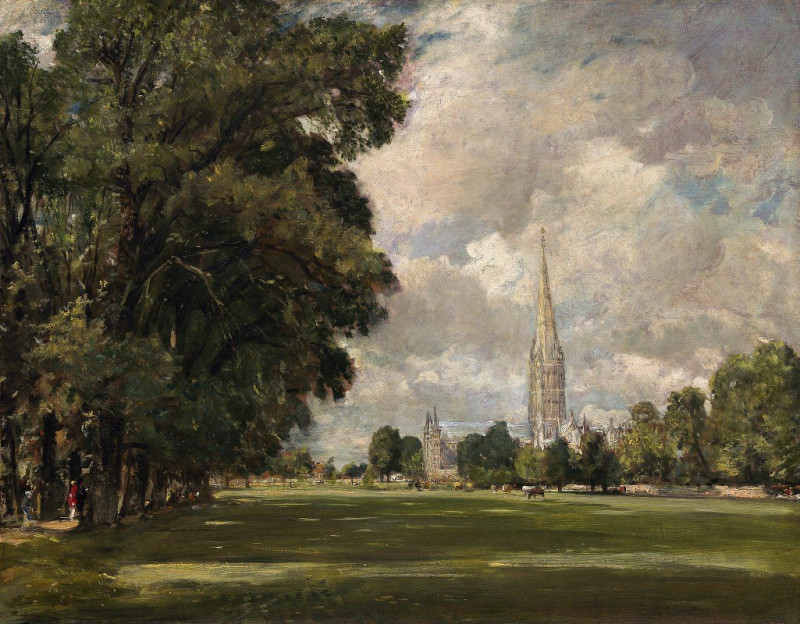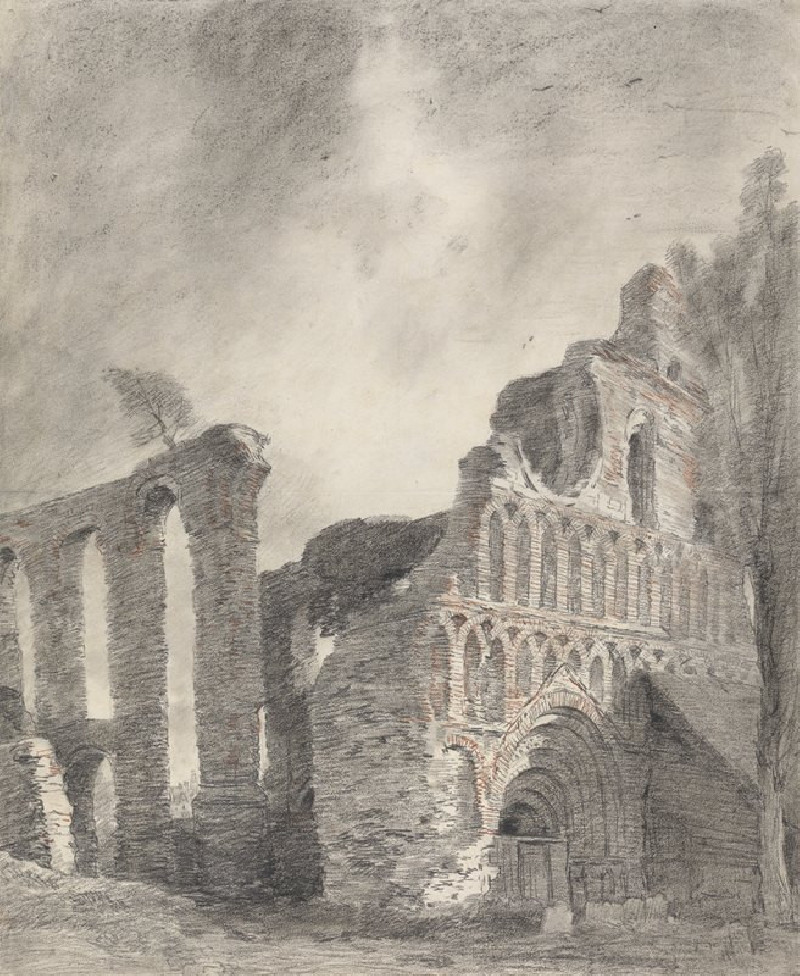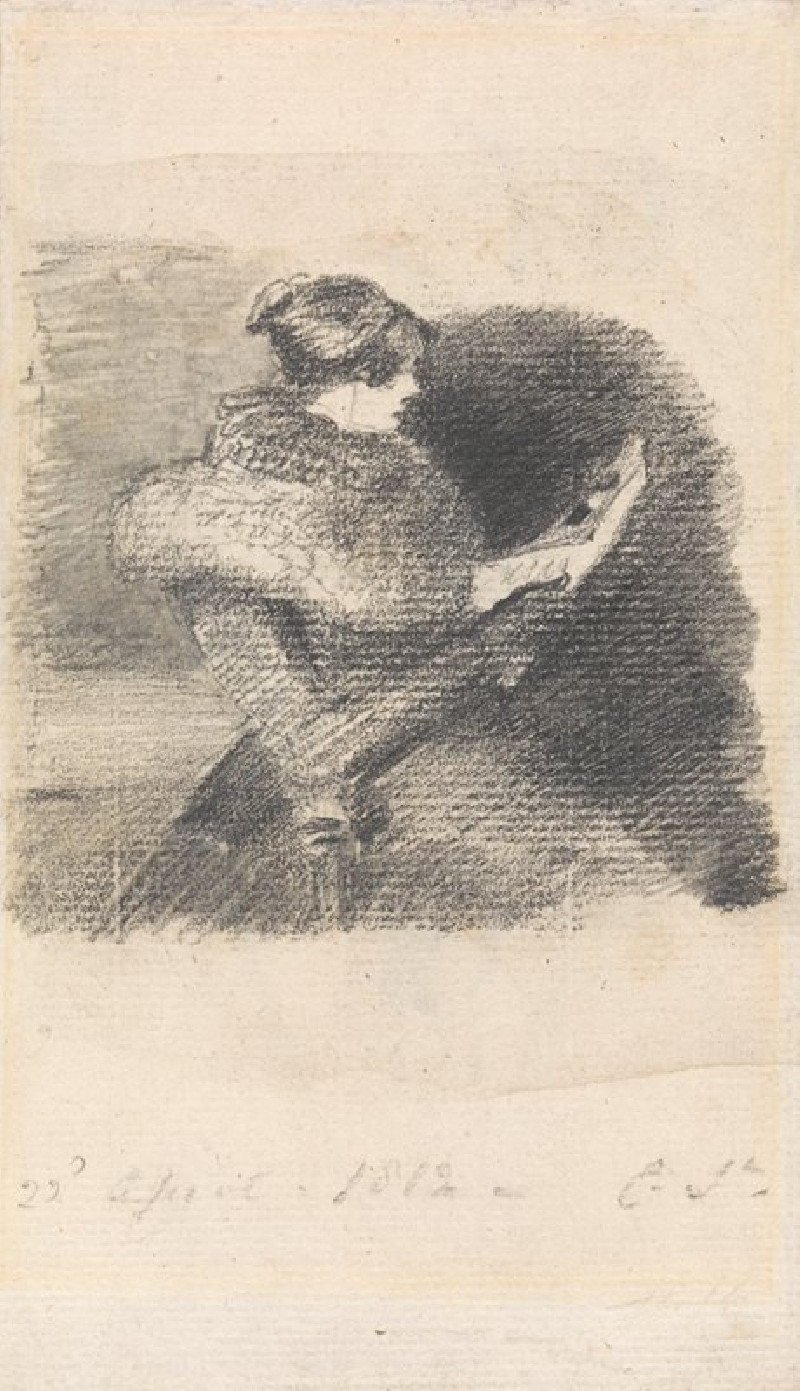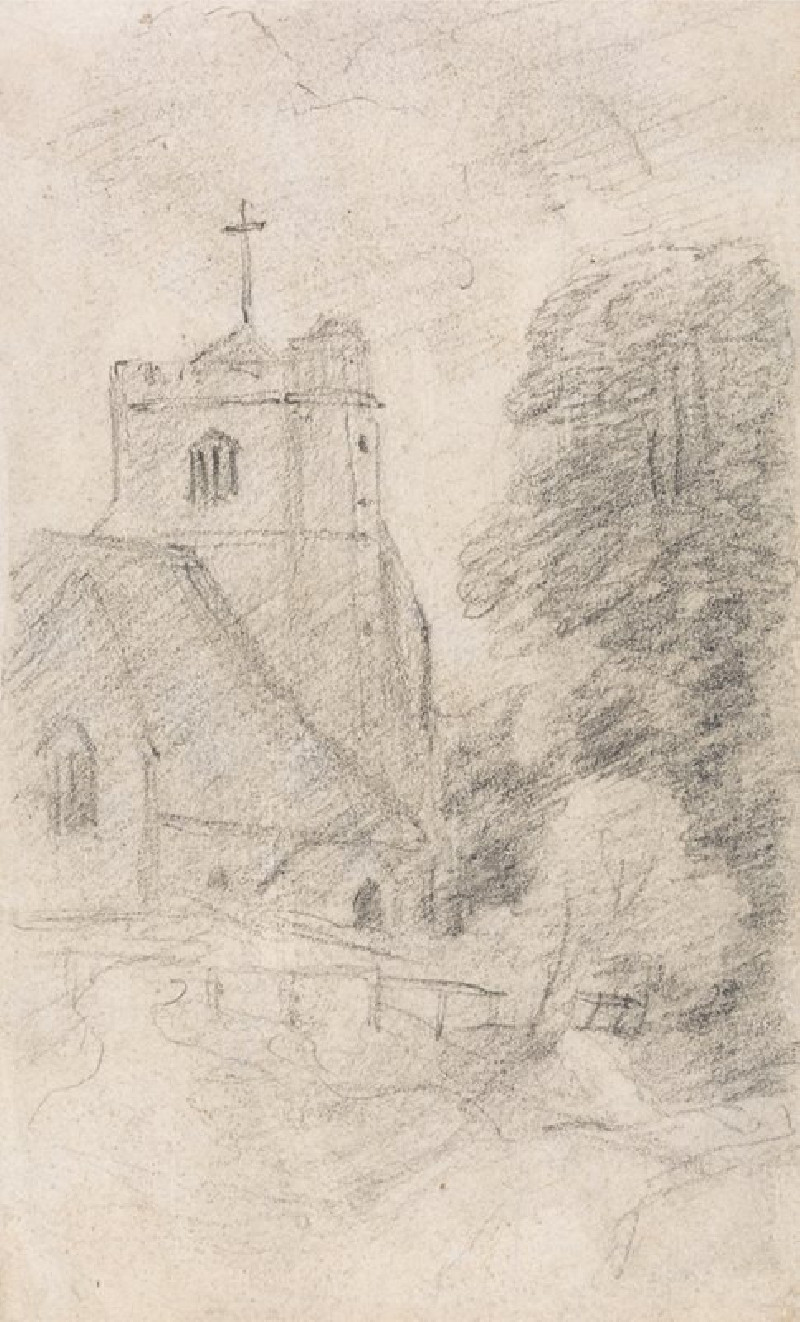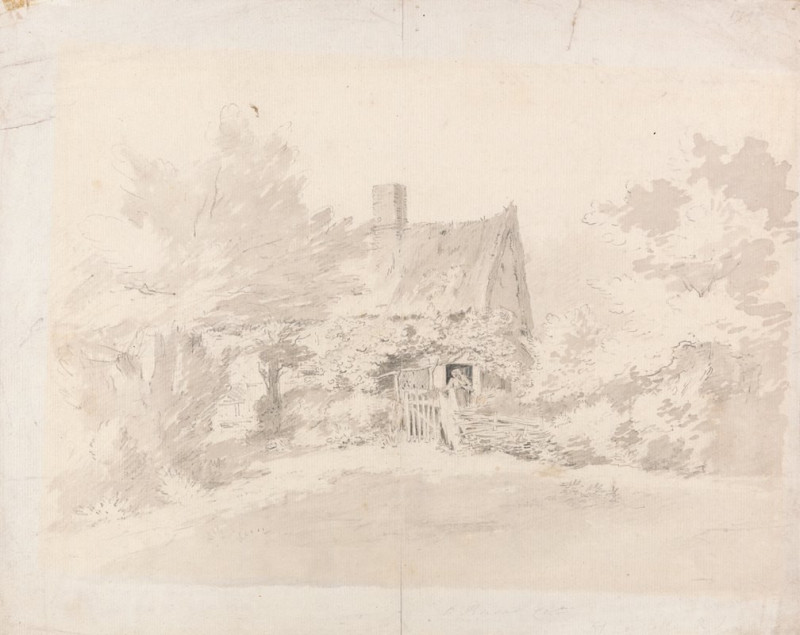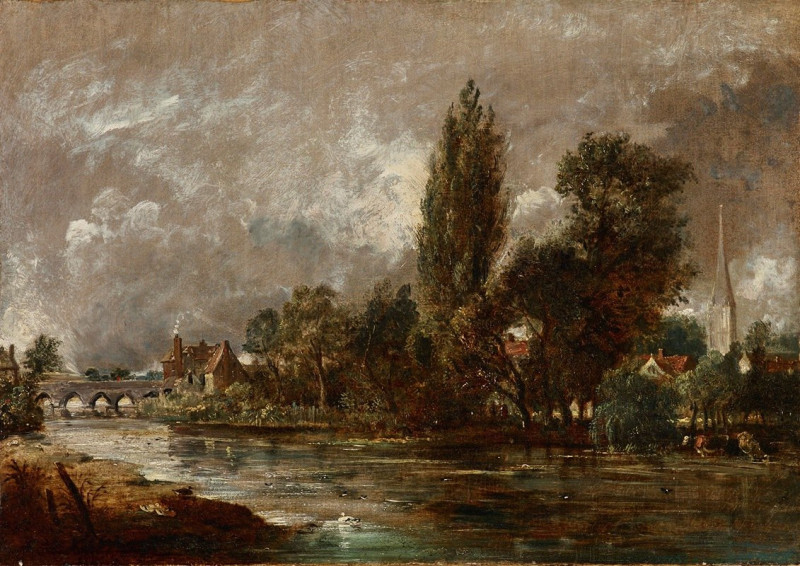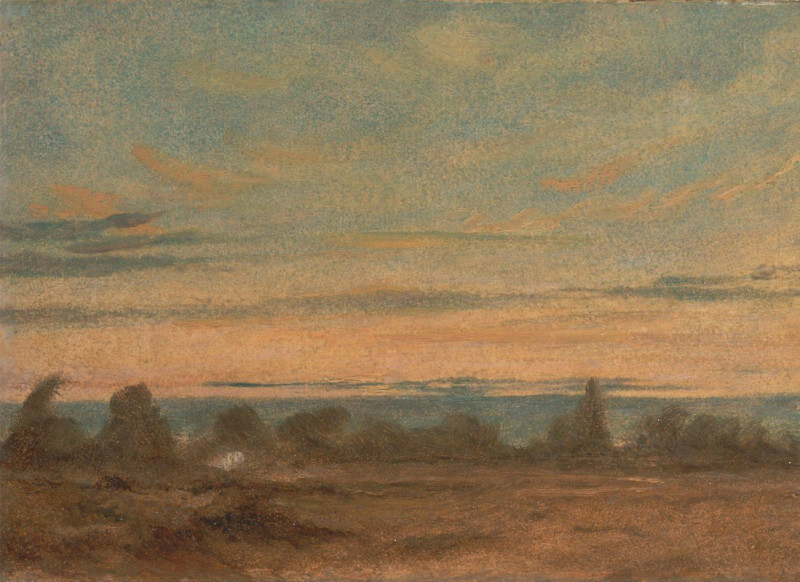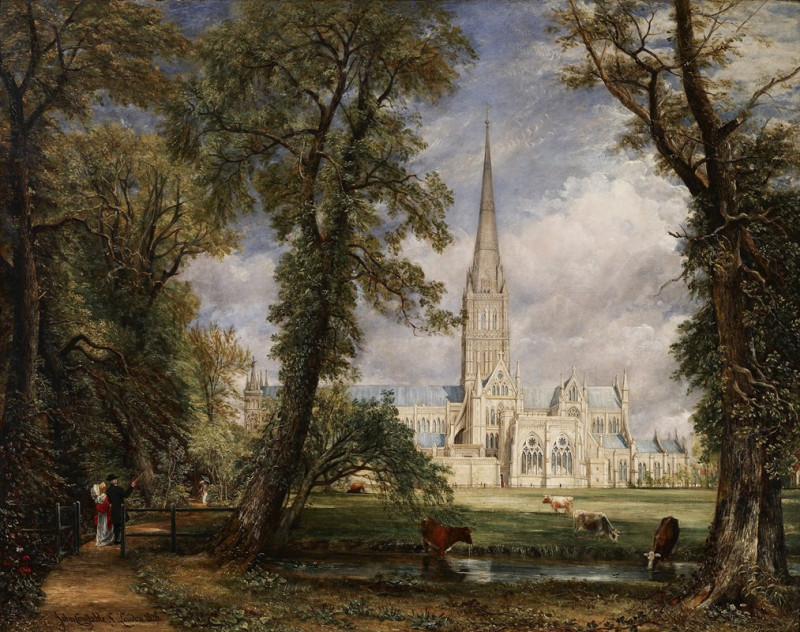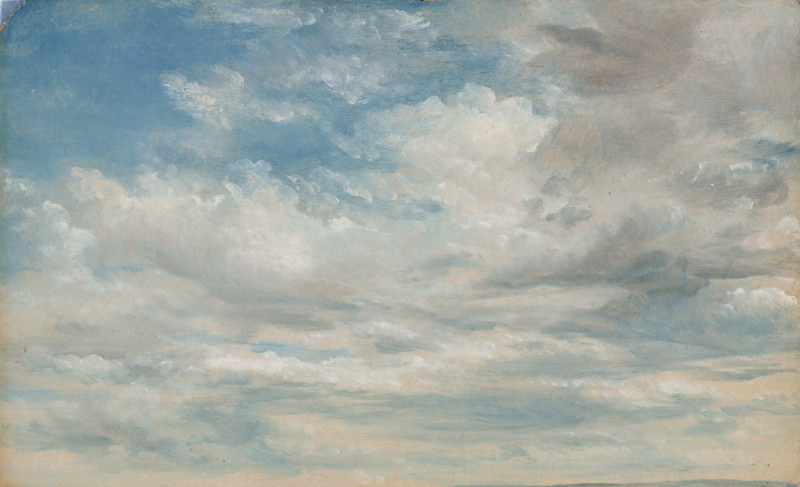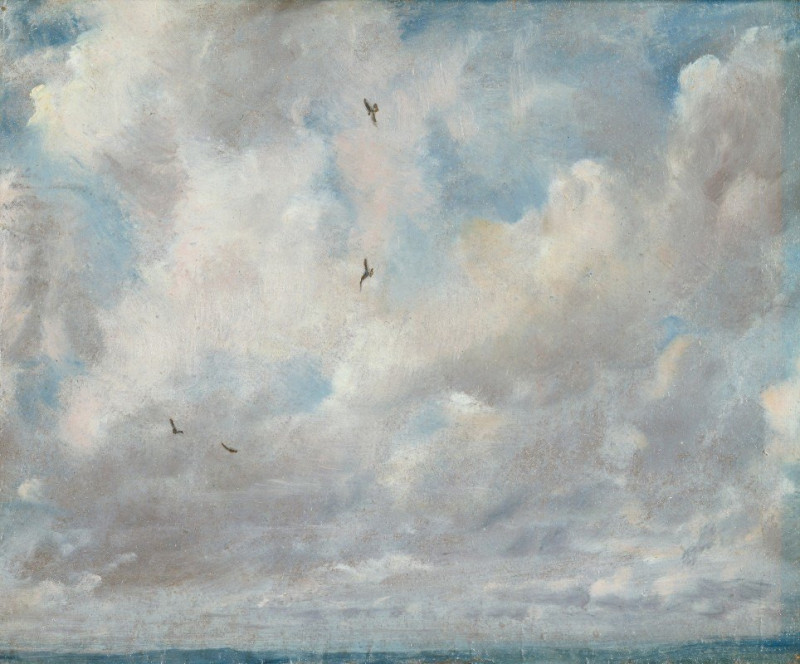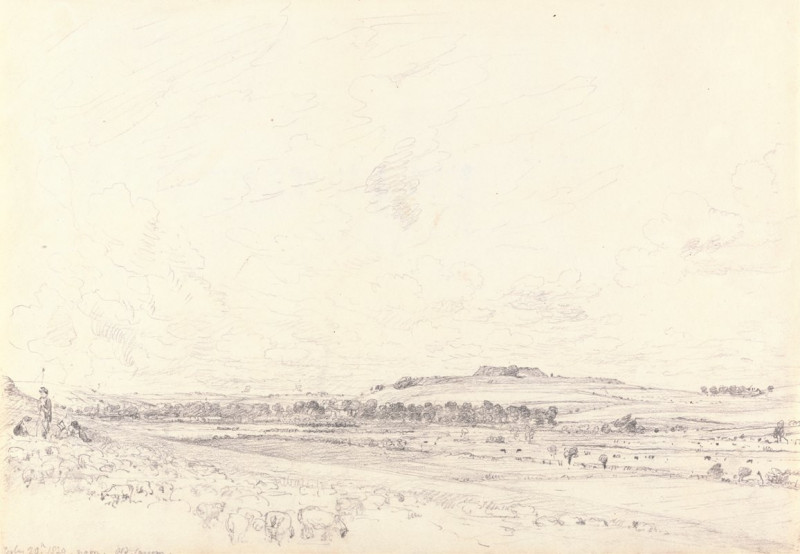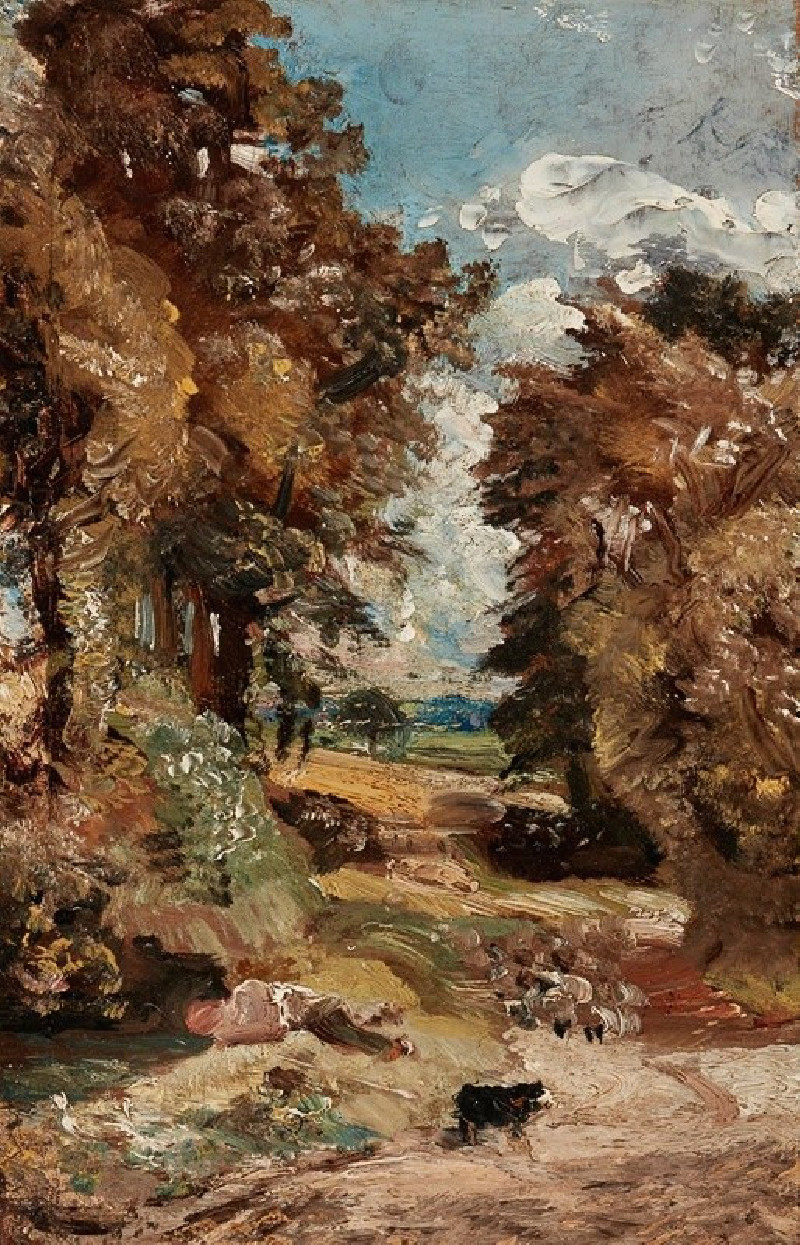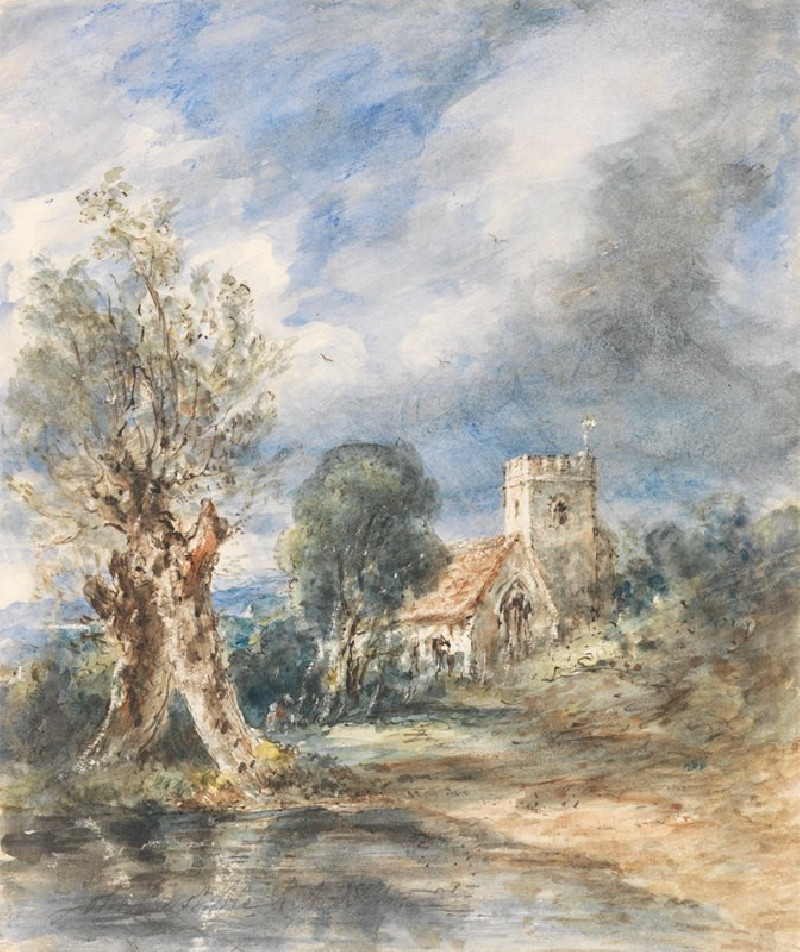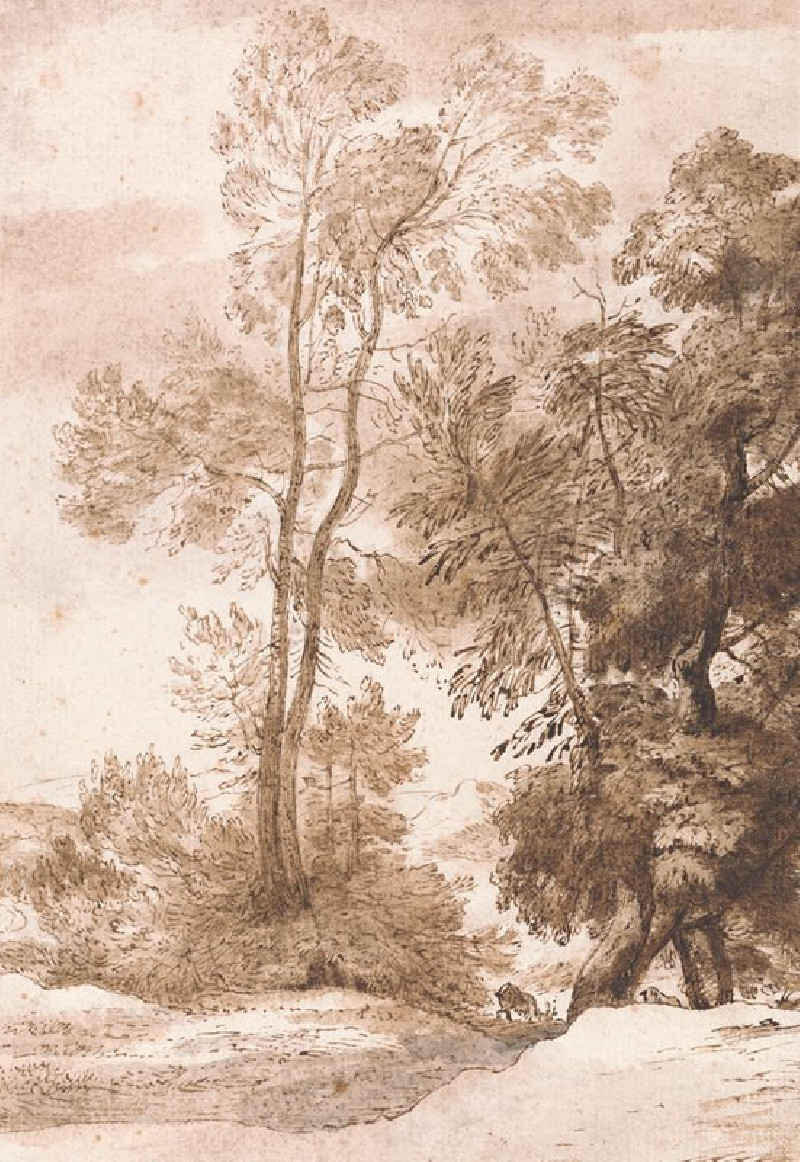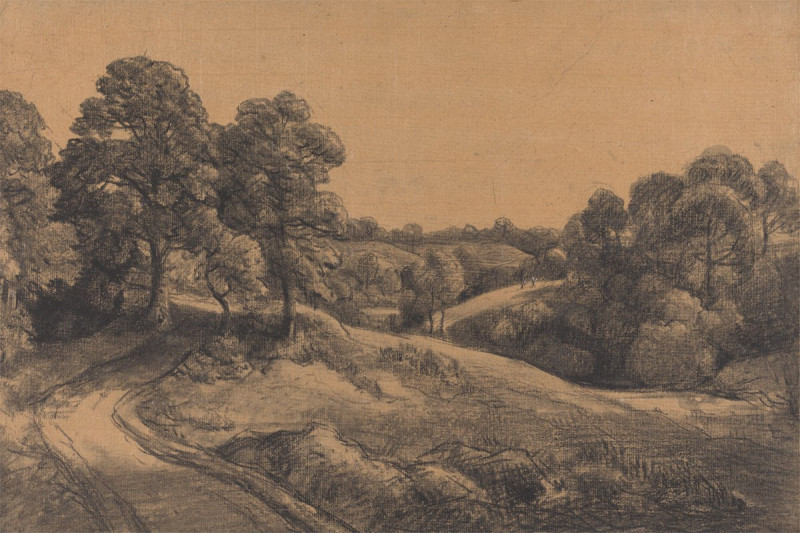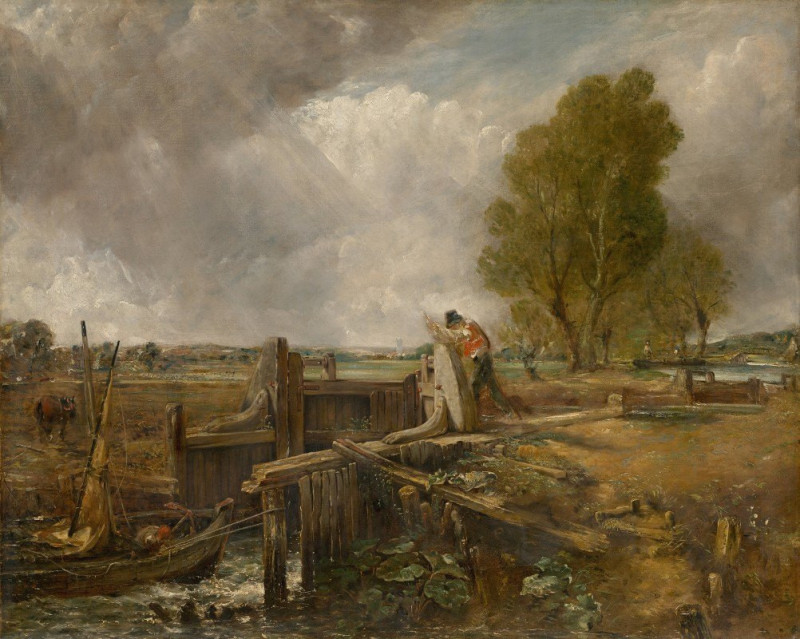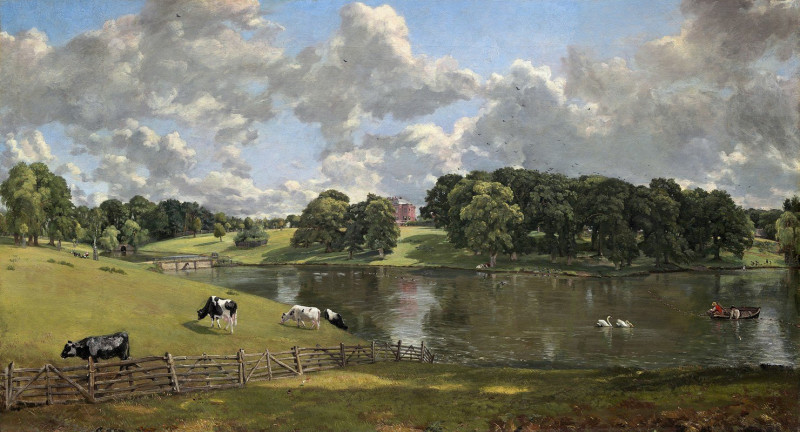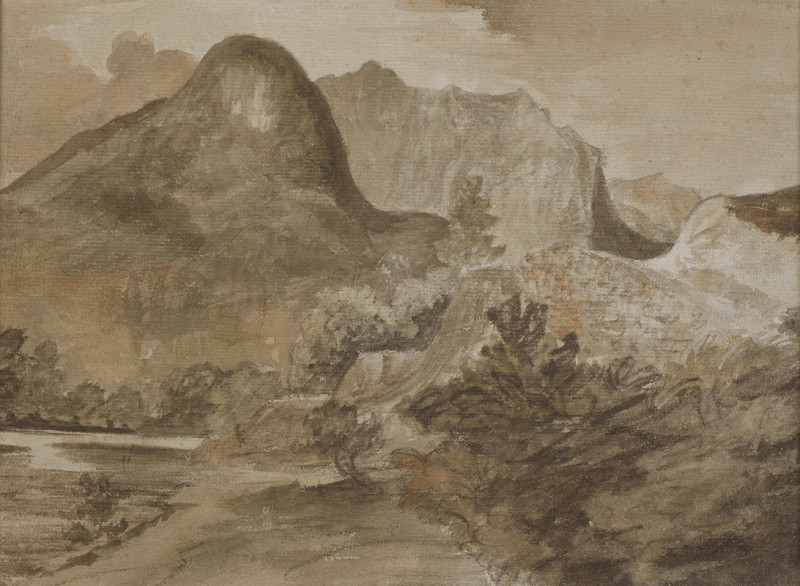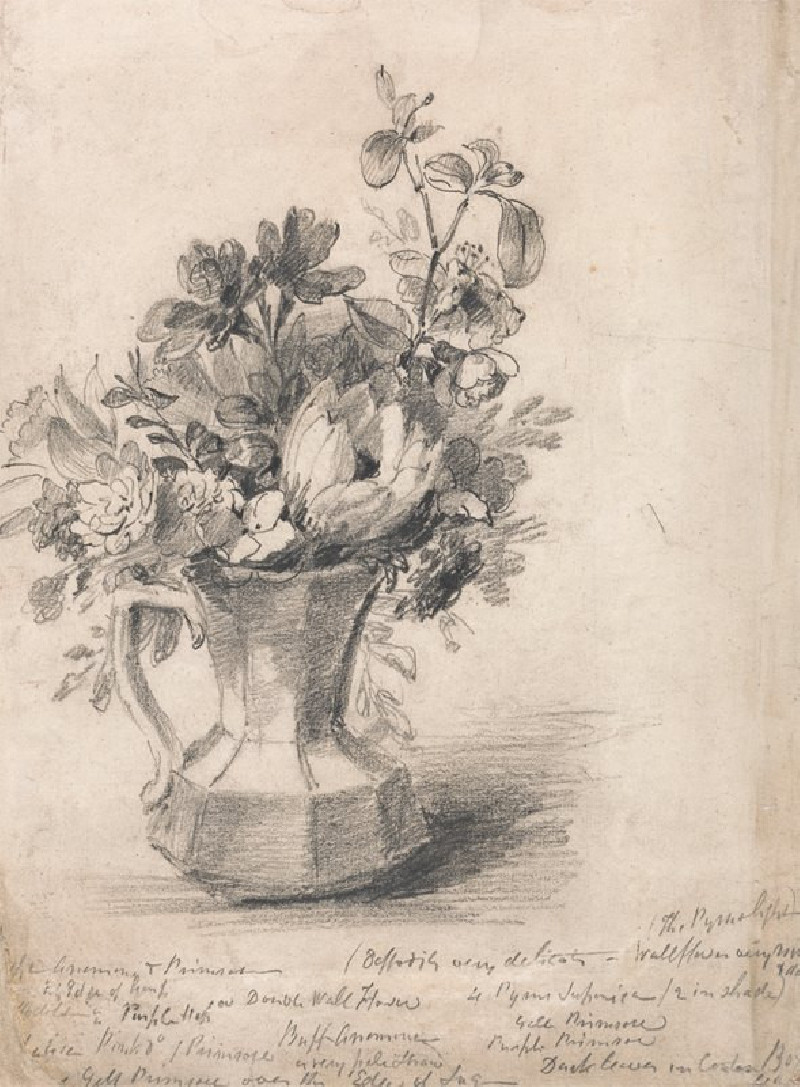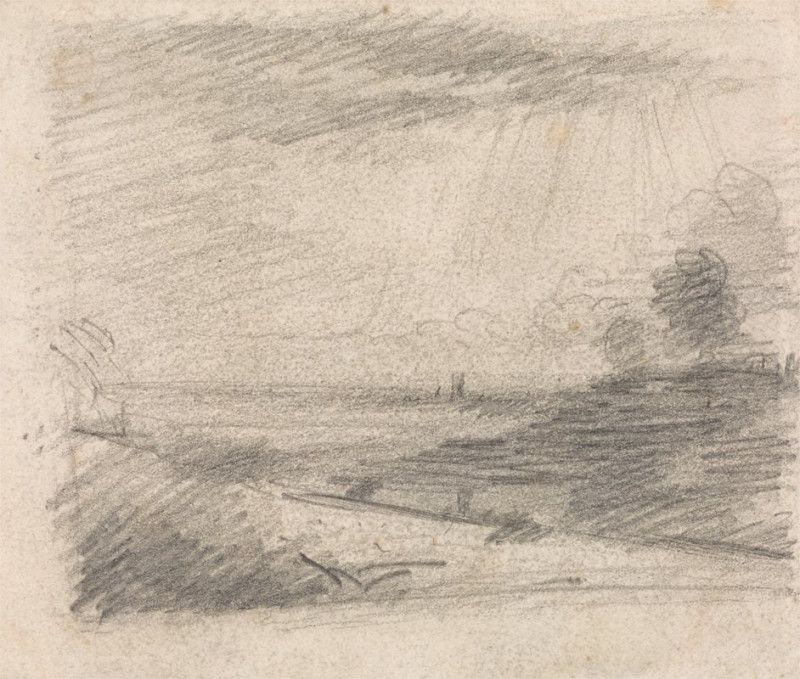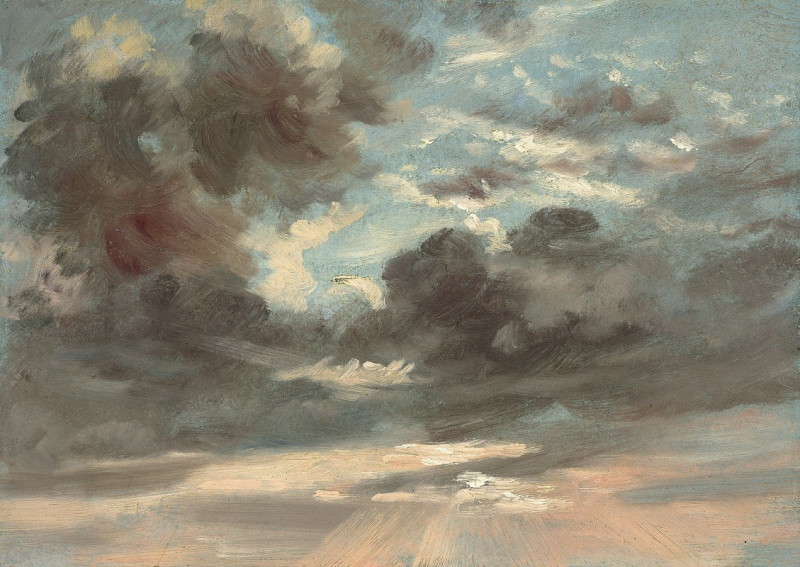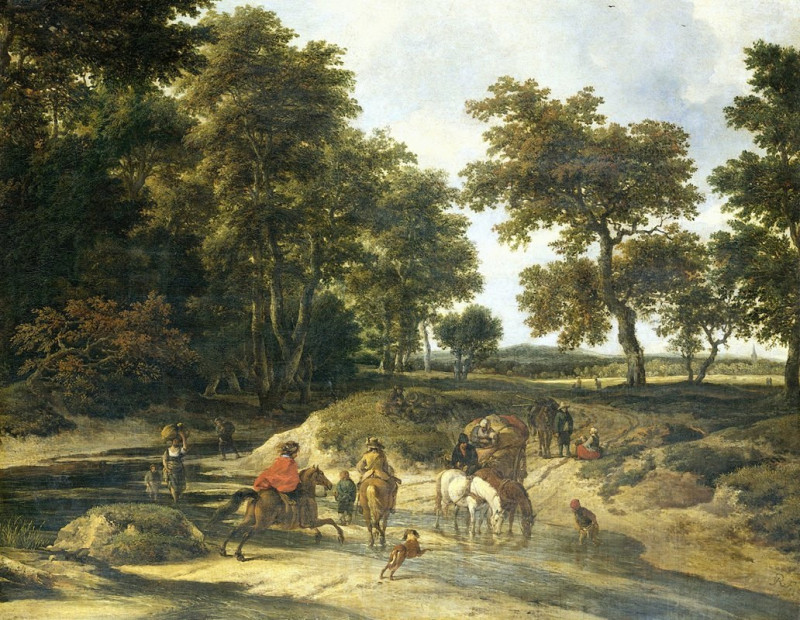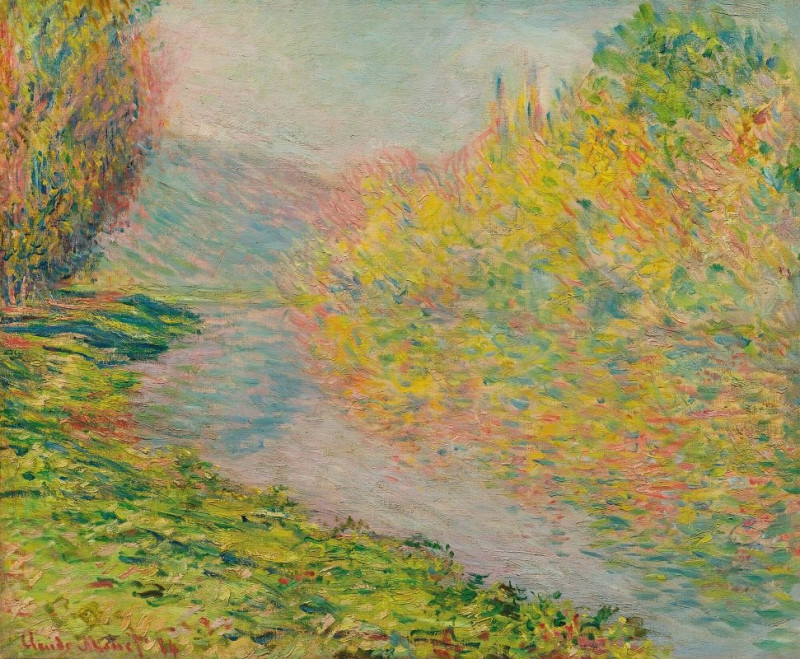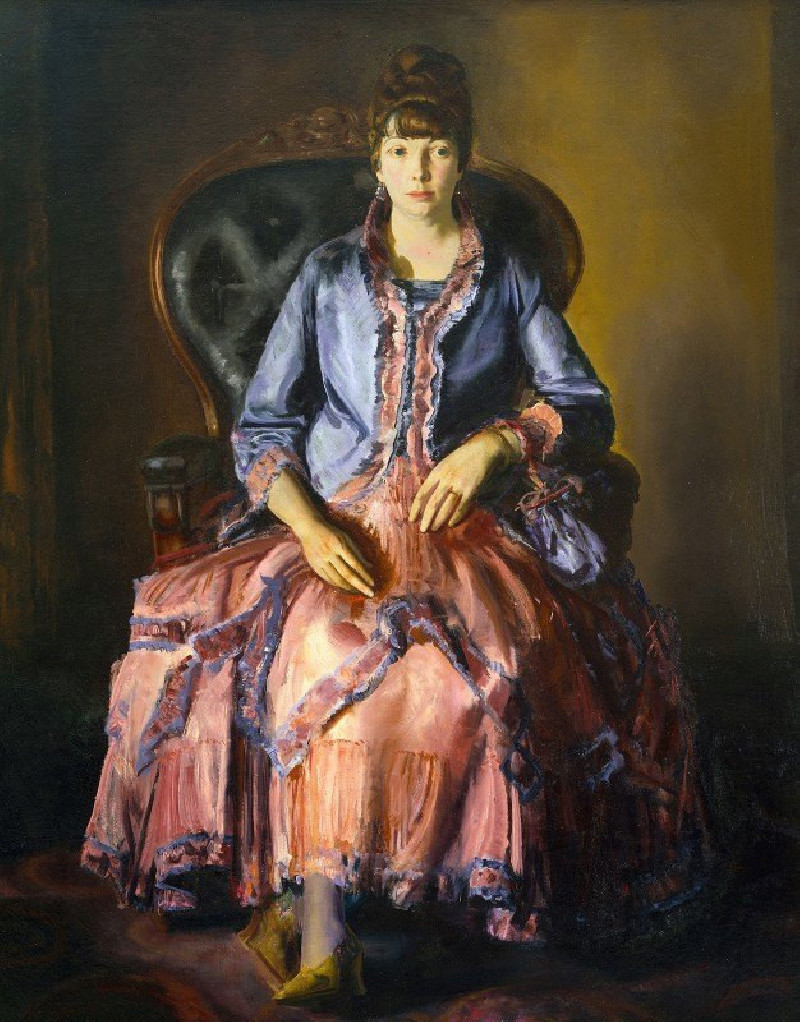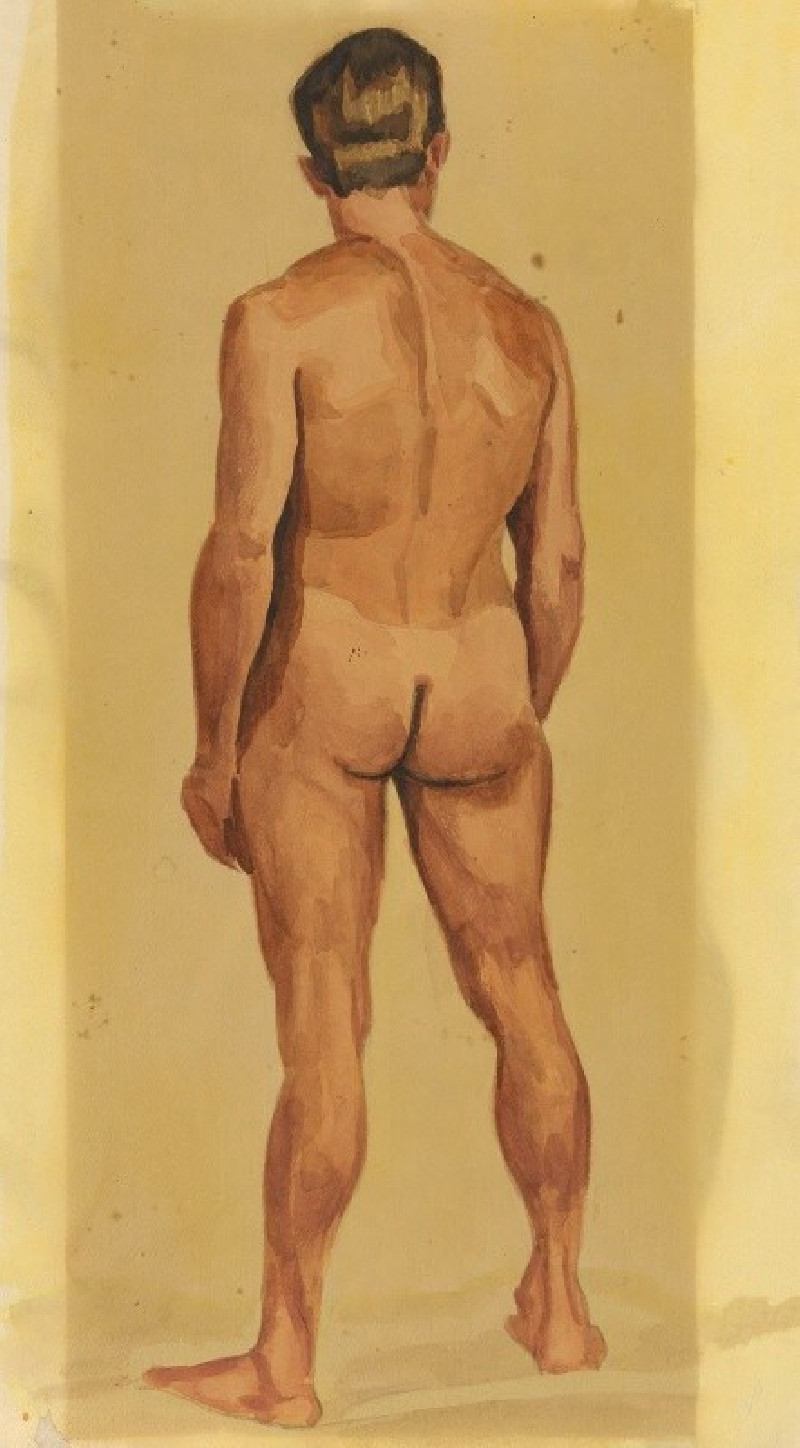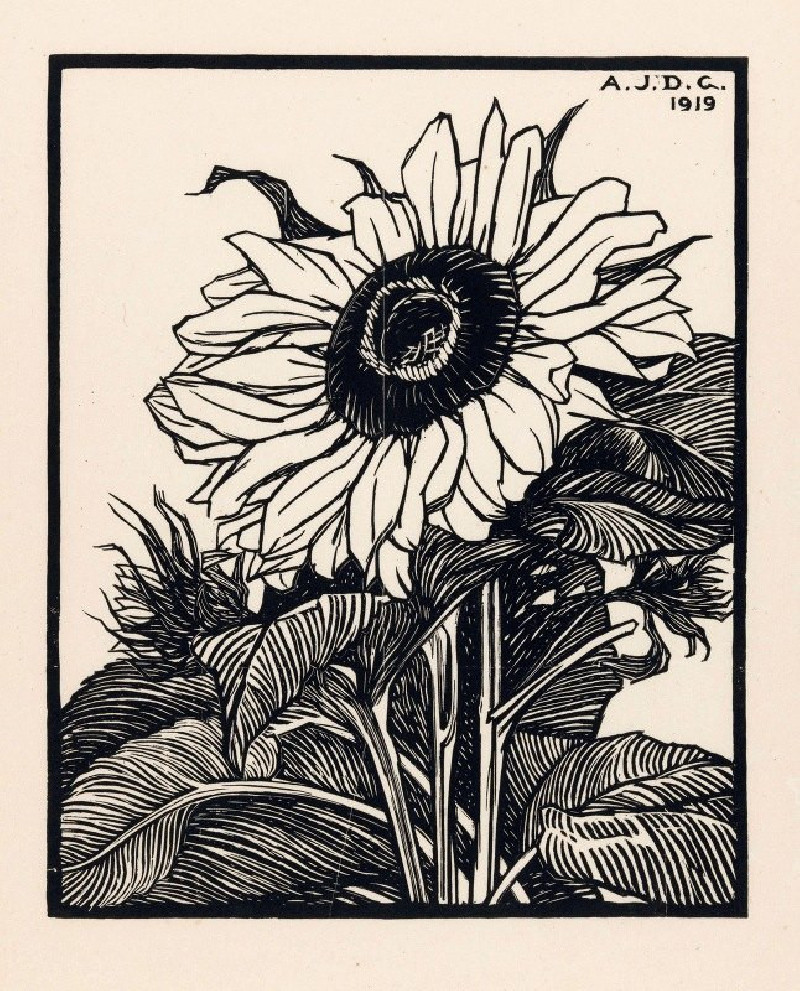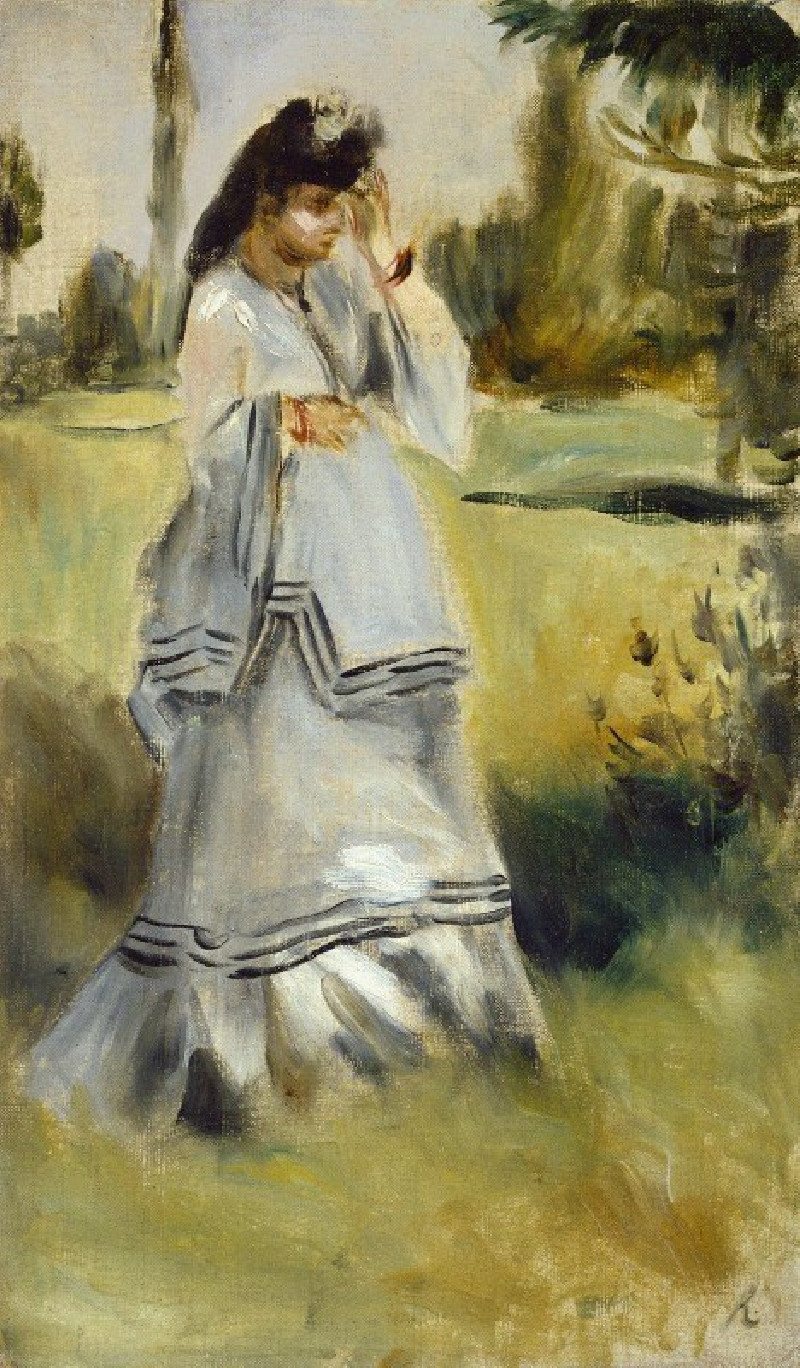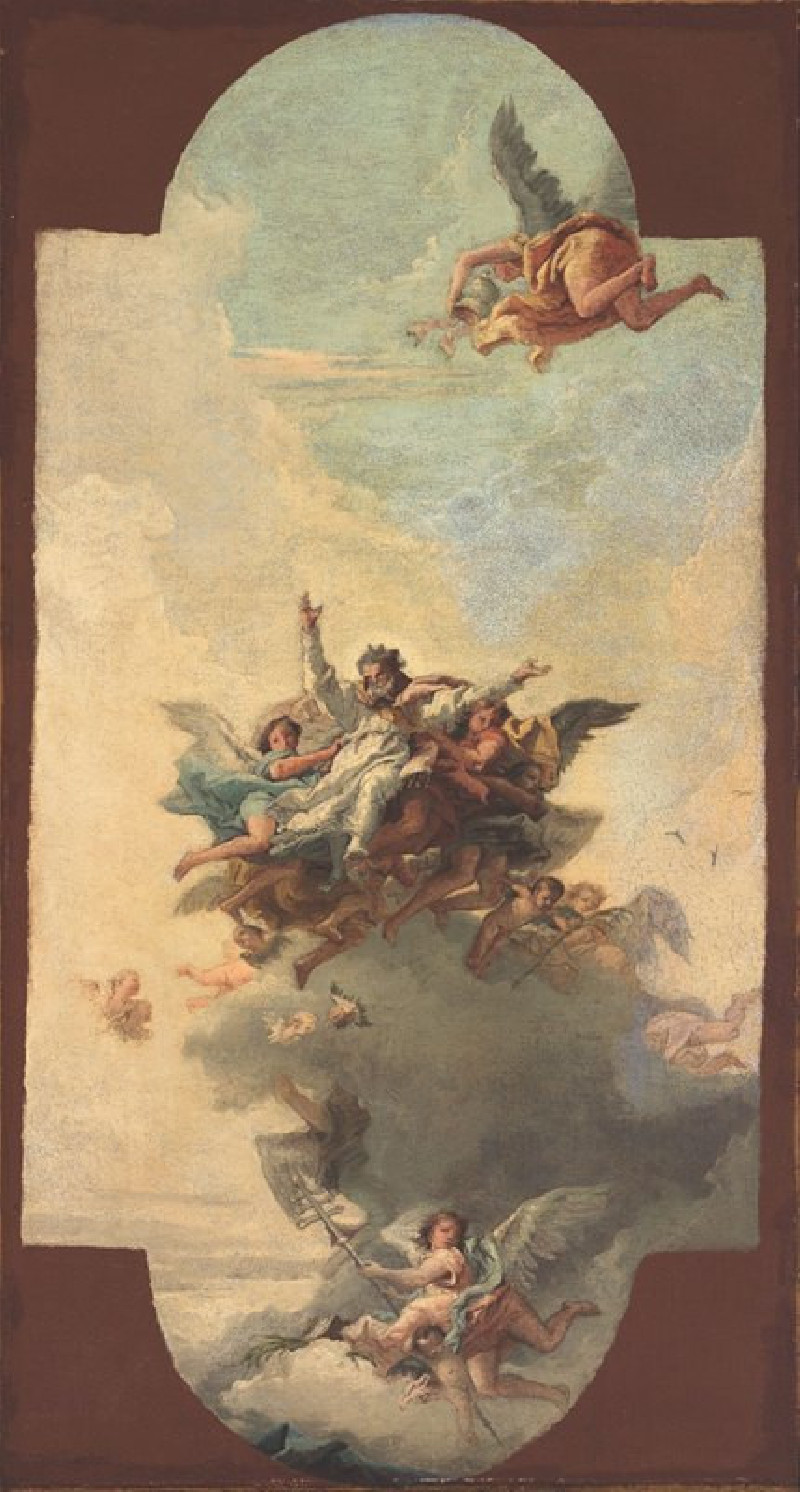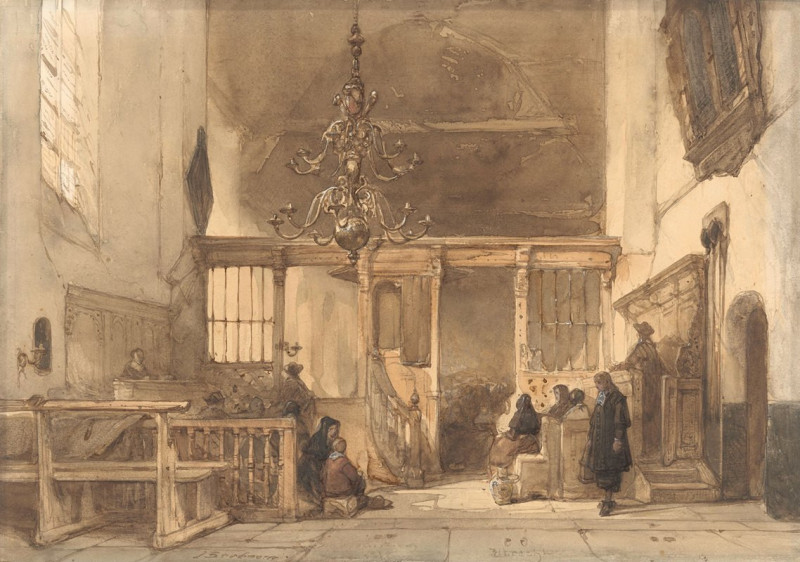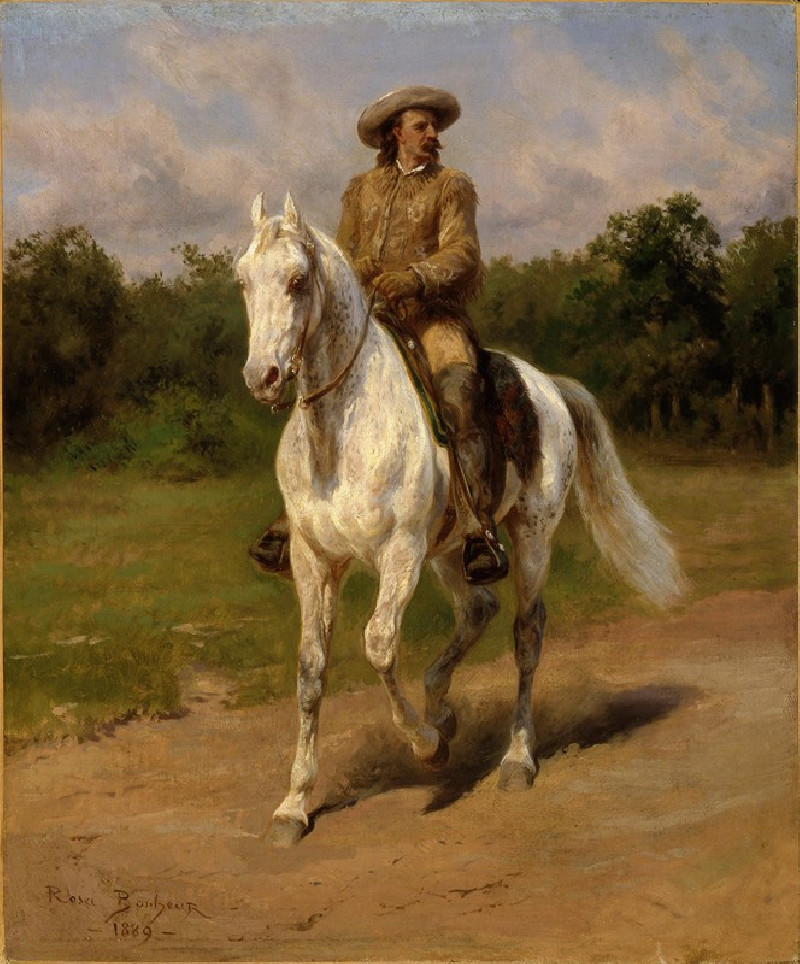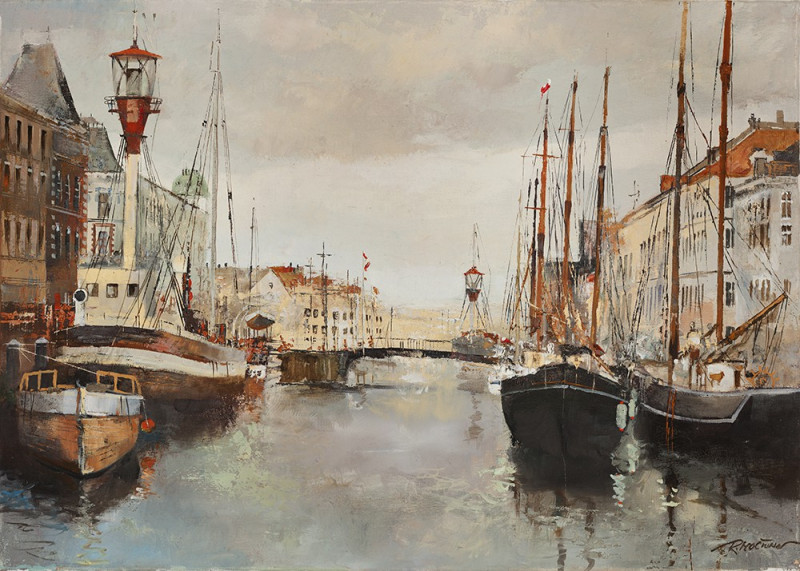Somerset House Terrace from Waterloo Bridge (ca. 1819)
Technique: Giclée quality print
Recommended by our customers
More about this artwork
Discover a glimpse of early 19th-century London through John Constable's atmospheric painting, "Somerset House Terrace from Waterloo Bridge," circa 1819. This evocative artwork captures a bustling Thames River beneath a dynamic, expressive sky, showcasing Constable's mastery of landscape and his sensitivity to the changing moods of nature and light.In the foreground, Waterloo Bridge frames the scene, anchoring the composition with its robust, classical architecture. Below, a variety of boats, from working barges to leisurely rowing crafts, dot the expansive river. These elements energize the painting, providing a sense of daily activity and the rhythmic flow of life along the river.Your eye is then drawn to the panoramic view of the Thames riverbank, dominated by the elegant stretch of Somerset House Terrace. The sun-drenched façade of Somerset House radiates warmth, contrasting with the cool tones of the river and the sky. The distant silhouette of St. Paul’s Cathedral punctuates the skyline, adding a touch of historical gravitas and architectural intrigue.Constable's use of swift, textured brushstrokes creates a lively, almost turbulent atmosphere in the sky, a typical feature that reflects his fascination with the dramatic effects of light and weather. This painting not only provides a picturesque view of London’s landscape but also evokes the transient beauty of a moment captured in time, emblematic of Constable's romantic approach to nature."Somerset House Terrace from Waterloo Bridge" is a captivating testament to John Constable's enduring love for the English landscape and his extraordinary ability to convey both its beauty and its bustling activity.
Delivery
Returns
John Constable RA was an English landscape painter in the Romantic tradition. Born in Suffolk, he is known principally for revolutionising the genre of landscape painting with his pictures of Dedham Vale, the area surrounding his home – now known as "Constable Country" – which he invested with an intensity of affection. "I should paint my own places best", he wrote to his friend John Fisher in 1821, "painting is but another word for feeling".


